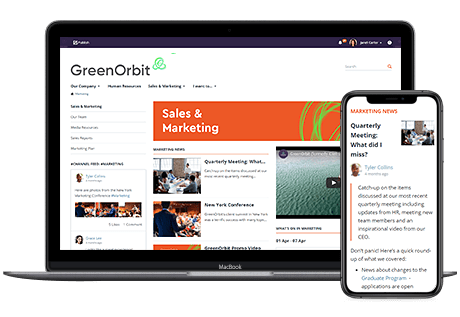
A round-up of my presentation at this year's LAST Conference - strategies for engaging and mobilizing global teams.
A great acronym for a conference, right?
It stands for Lean, Agile, and Systems Thinking - three concepts close to my (nerdy) heart.
The LAST Conference is an invaluable forum for sharing software development stories and I was thrilled to be a speaker earlier this year.
I talked about the challenges of engaging and mobilizing a global development team - a situation faced by an increasing number of technology companies.
Here are 7 key takeaways from my presentation – I hope you find them useful.
A few years ago, GreenOrbit (formerly Intranet DASHBOARD) faced the all-to-common conundrum of implementing an extensive development roadmap within the confines of a fixed budget.
To address this, we chose to expand overseas while at the same time retaining our Australian team (many of whom worked remotely).
Instead of contracting the offshoring work to an external organization, we decided to handle recruitment and project management ourselves.
This decision forced us to re-examine our work culture and day-to-day processes – and we’ve learned some valuable lessons along the way.

Taking ownership of offshoring gives you complete control (including the ability to mess things up).
At the outset, it’s crucial to make sure leaders are on the same page and 100% committed.
Do all you can to encourage onshore teams to support the decision. This involves articulating and reiterating what you’re trying to achieve and then supporting your people through the journey.
Choose an offshore location that you and your onshore team are eager to visit. Make sure it’s close to the airport and easy to get to - with good universities and similar companies nearby.
Take time to explore the options for offices, infrastructure and internet access.
Choose an area where staff are keen to live.
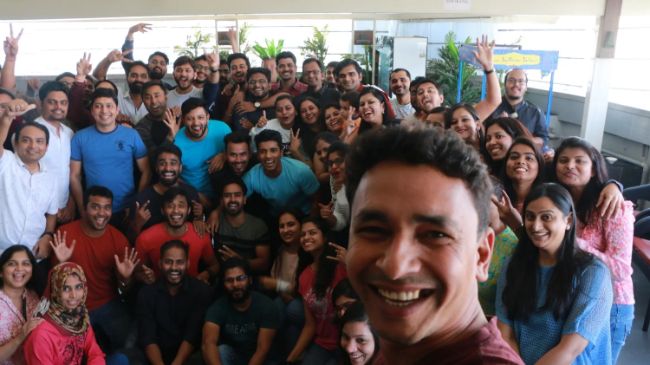
Conduct face-to-face interviews – you want prospective staff to get the best possible impression. Learn about the language, culture, job market and university intricacies.
Figure out how to ask the right questions – this will become clearer as you review and adjust your interview approach.
Technical know-how is a top priority, but it must be combined with communication skills and cultural fit. It can take time to find the right people.
Don’t give up!
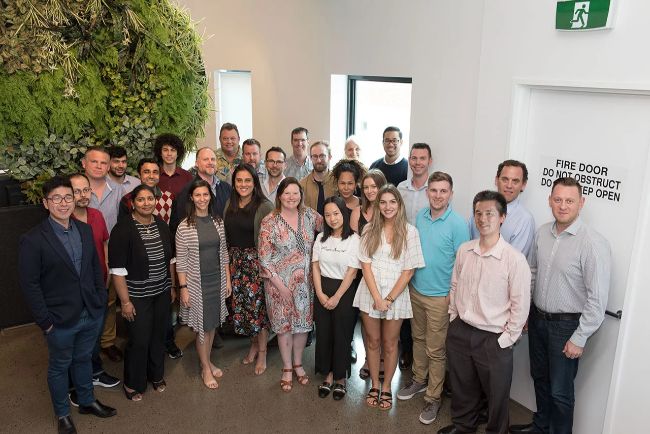
As far as possible, include someone from each location in every team. Foster the habit of video meetings – this forces all team members to speak-up and communicate clearly.
Run these meetings at a time that works for all locations.
Encourage team members to get to know each other outside of meetings.
Your company intranet is great platform for this – use channels like #MyWeekend and #MyFamily to break the ice and build relationships.
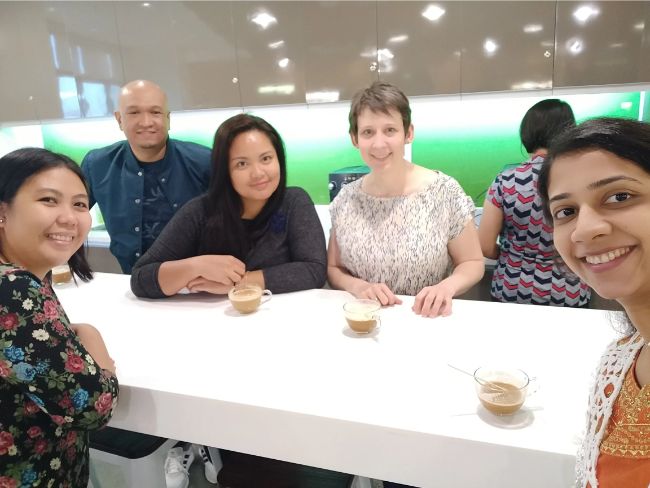
Visit the offshore team as often as possible.
Immerse yourself in what they’re doing, thinking and feeling. Run team days, celebrate company milestones and observe cultural holidays.
When you can’t be face-to-face, talk frequently and ask direct questions.
Provide ample opportunity for staff to voice concerns.
For offshoring to work, leaders must share and commit to a united vision.
They should visit offshore staff regularly and be present in all locations.
Look to promote from within (including offshore employees) and clearly define what you expect from a leader.
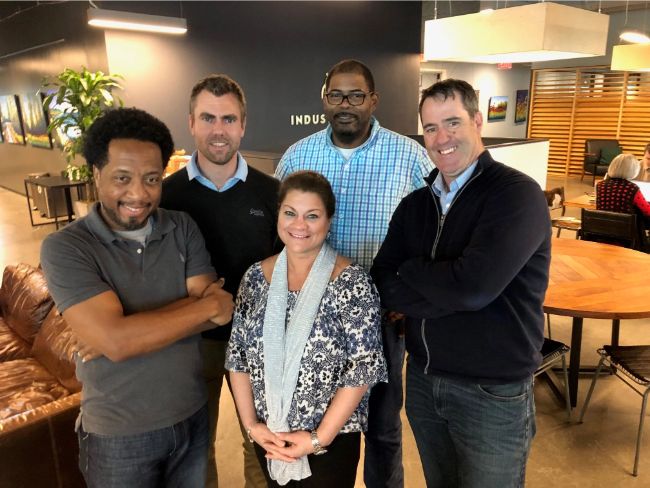
From a company culture perspective, it’s important that onshore and offshore staff feel equally valued (even though you may pay them differently).
Keep everyone in the loop and enjoy the ride!
GreenOrbit is an intranet solution with everything you need built in. It empowers businesses to communicate, collaborate and get real work done.
To see how GreenOrbit can get work going in your organization, download our eBook: Steps to Building a Great Intranet
